Over the past year, I did a number of quick market studies in different countries in Africa. I experienced that it is relatively easy to get data, for example with a simple survey tool like KOBO. However, when analyzing the data I encountered a number of challenges that you may recognize.
1. What is the product quality?
Comparing prices between markets A and B seems easy, but are we referring to the same product quality? Often quality is not clearly defined, so it needs some investigation to find out which quality is referred to. Also, quality over time is often different: an average tomato in the high season is often of better quality than in the low season.
2. What is the variety of the product?
For instance, one can take the price of a generic product like potatoes. But one can also look into specific varieties Some varieties of e.g. potatoes, coffee or rice have a much better price than others.
3. What is the weight or volume measurement used?
Ideally, measurements would be in kilograms, however in rural Africa often other measures are used like bowls, buckets, or bags. The size of these measurements is likely to differ between places as well as the extent to which they are filled. This may also vary between the dry and wet season. For some crops, like coffee, it becomes even more complicated as one bag of red berries, dried coffee, washed coffee, green coffee and roasted coffee all have different weights, due to their different moisture content.
4. At what time of the day do we visit the buyer?
While prices for farmers are likely to be stable during the day, traders often face changing prices during a market day. Prices tend to be higher at the beginning of the day and lower towards the closing of the market. This applies especially to wholesale markets for more perishable products, which traders do not want to take back to their warehouses.
5. When comparing prices do we take into account (embedded) services provided by the buyer?
Especially the location of collection of the product (e.g. farm gate, warehouse, in town) and payment conditions (e.g. pre-finance, cash payment, delayed payment) will result in different offers even if the price offered is the same.
So, it is good to keep these issues in mind when gathering price data or comparing prices. This will provide a better basis for calculating profitability in different parts of the value chain.
For more information, please contact andre.vording@fairandsustainable.org
